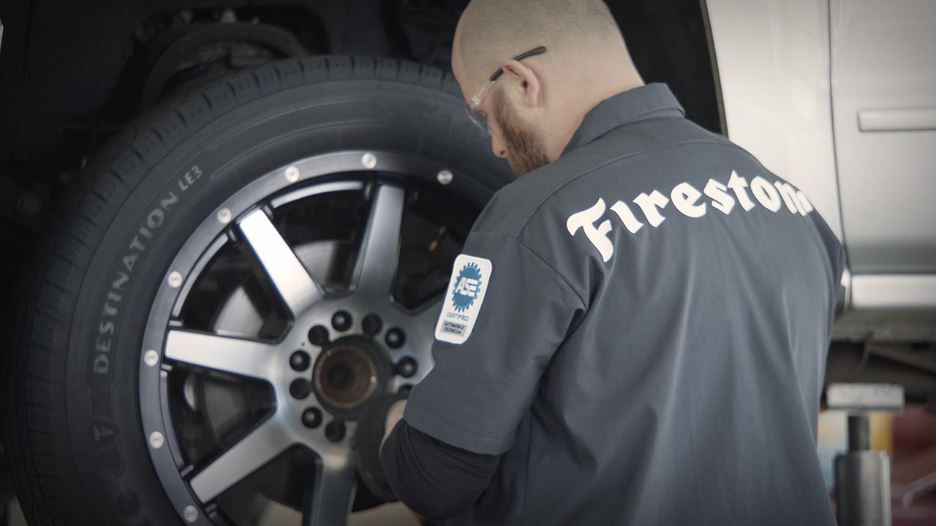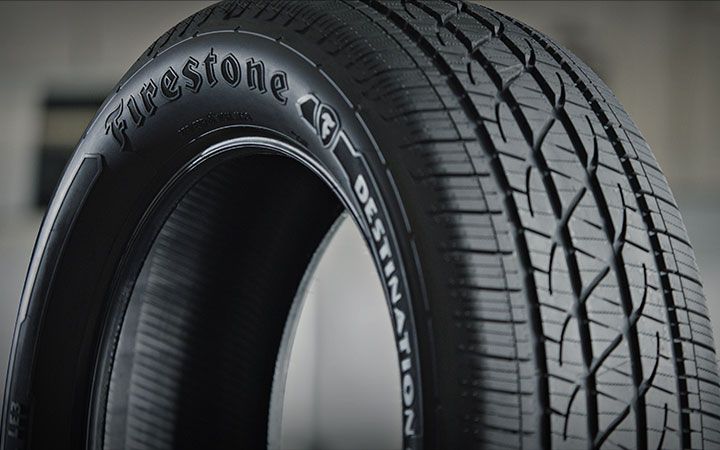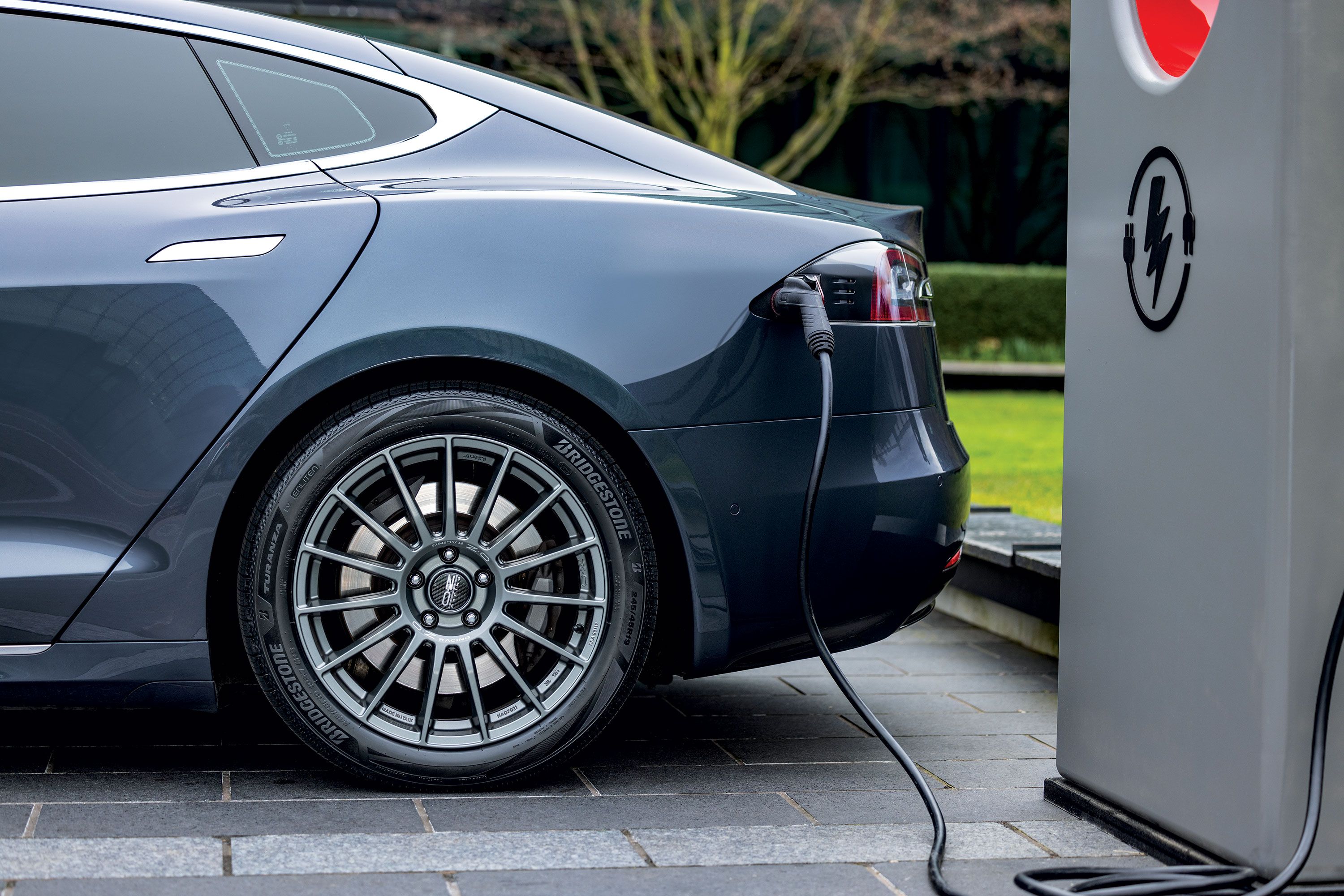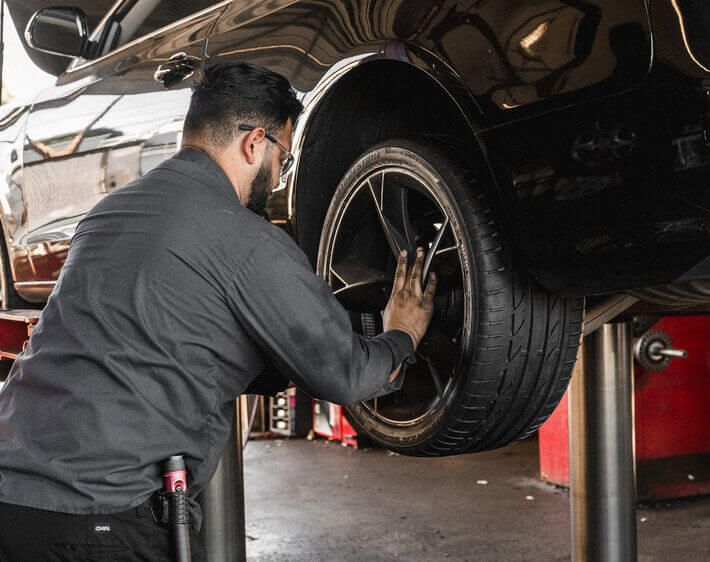
How Do You Know If You Need New Tires?
On the track or street, tires are one of your vehicle’s most critical components for performance and safety. Here are 5 ways to know if you need new tires.
Read More

Tire tread refers to the grooved portion of a tire where the rubber literally meets the road. Good tire tread provides traction, allowing your car to grip the road in wet, icy and gravel conditions. Without adequate tire tread, you risk hydroplaning or losing vehicle control from the loss of traction. Make sure your vehicle is safe with the proper tire tread depth and correct tire pressure. Regular tire rotation intervals also keep the tire tread depth and wear patterns in good shape, and you will get more miles out of all four tires.
It’s necessary to have a tire tread depth of more than 2/32”. In most states, it is legally required to have a tread depth of more than 2/32”. Firestone Complete Auto Care stores offer free tire inspections that include tire tread depth measurement.
If you want to gauge your tire tread depth at home, try the penny tire test. The way to do it yourself is to use a penny to measure the tire tread. Stick a penny in the tire tread grooves. If the tire tread is at least touching Abraham Lincoln’s upside down head, the tire tread depth is at least 2/32”.
If you find your tire tread is approaching 2/32”, our Firestone Tire and Auto Service Professionals will inspect your tires for free. Visit our tire experts at your nearby Firestone Complete Auto Care store.

On the track or street, tires are one of your vehicle’s most critical components for performance and safety. Here are 5 ways to know if you need new tires.

Are electric vehicles tougher on tires? Learn if EVs go through tires quicker than gas vehicles and what you can do to help prolong the life of your EV tires.

Wondering when to rotate tires? Read this for everything you need to know about tire rotation and rotation patterns, from Firestone Complete Auto Care.